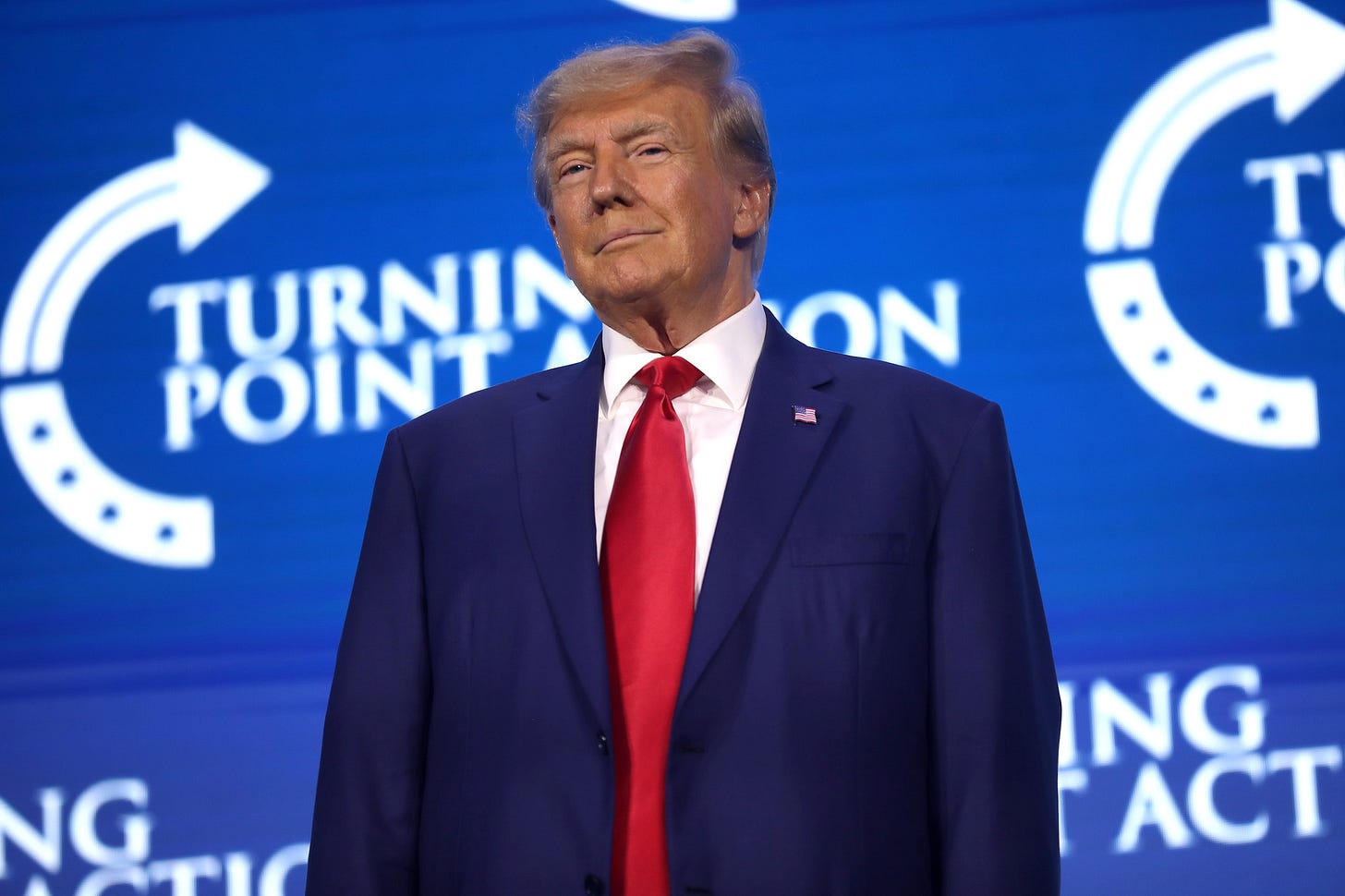Trump Deploys National Guard and Seizes Control of Washington D.C. Police
Martial law has been imposed on the US capital, in all but name.
President Donald Trump has taken unprecedented steps to expand federal power in Washington D.C., deploying the National Guard and placing the Metropolitan Police Department under federal control. The move, announced yesterday, comes despite official statistics showing that violent crime in the capital has dropped to i…
Keep reading with a 7-day free trial
Subscribe to The Crustian Daily to keep reading this post and get 7 days of free access to the full post archives.



